Aesthetically speaking, last week’s performance by the Nederlands Dans Theater 1 was one by the slickest of the season. Fashionably engineered juxtapositions of black and white, sets that stun on account of their elegant simplicity and mechanical complexity, chic costumes that de-gender dancers, scores decadently à la mode and clockwork dancing came together seamlessly to make a powerful visual impact. Beauty can be boring, though.
Created by Paul Lightfoot and Sol León, who are the driving force behind Nederlands Dans Theater 1, Sehnsucht (‘longing’) and Schmetterling (‘butterfly’) came across as perfectly structured concoctions of derivative formulae, though they lacked any spark. In the former, a would-like-to-be languorous duet took place in a revolving room, which was reminiscent of similar, though much more meaningful, confined spaces of the past 20 years. Even when the danced action developed into an ensemble, the architecturally impeccable deployment of the corps lacked inventiveness and drew heavily on long-established features of European modern and postmodern dance history.
I also wished they had not used Beethoven’s music. And not because some consider it impossible to dance to. After all, great masters such as Isadora Duncan, Léonide Massine and Maurice Béjart, among others, used it very successfully. Yet such great dance-makers paid careful attention to the multilayered cultural and artistic discourse such music inevitably comes with and did not use it as a meaningless, though sophisticated, soundtrack — which is what I took exception to in Sehnsucht.
Unfortunately, musical choices and their relationship with the dance action were a problematic leitmotiv throughout the whole evening. In Schmetterling, the unbearably long selection of songs and excerpts from recordings by Magnetic Fields and Max Richter also failed to impress. Each song-based danced number was a tritely graphic choreographic (forgive the pun) translation of the lyrics into action. Little matter if in some instances the words provided the lame excuse for a few outbursts of predictable slapstick dance humour. After the third song, I longed for something to happen.
The second work, too, looked like a hotchpotch of quotations. Butoh elements — and quite a lot of them — contrasted with gestural ideas that have long been associated with north European dance-making. Add to that the über trite combination of balletic ideas with modern ones, and you get the full (grim) picture. In the interval, those who decided to stay in their seats, or to come back before the bell, were treated to more Butoh-esque action, with three dancers crossing the stage one by one with a great deal of grimacing and impossibly slow and masterly controlled movements. I was transported back in time to the glorious rebellious days of the European avant-garde when such breaking of theatrical conventions was regarded as the ultimate daring provocation. I am referring, of course, to the late Sixties and early Seventies.
The dancing was, as I have said, clockwork perfect, with admirable levels of precision and unison. Personally, I would have preferred to see and applaud those artists in something less boringly beautiful.
Got something to add? Join the discussion and comment below.
Get 10 issues for just $10
Subscribe to The Spectator Australia today for the next 10 magazine issues, plus full online access, for just $10.

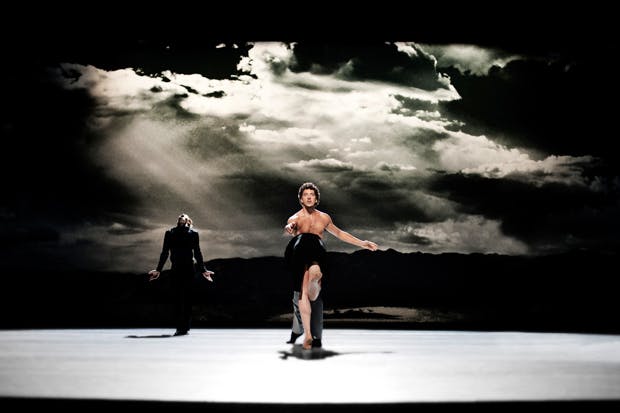
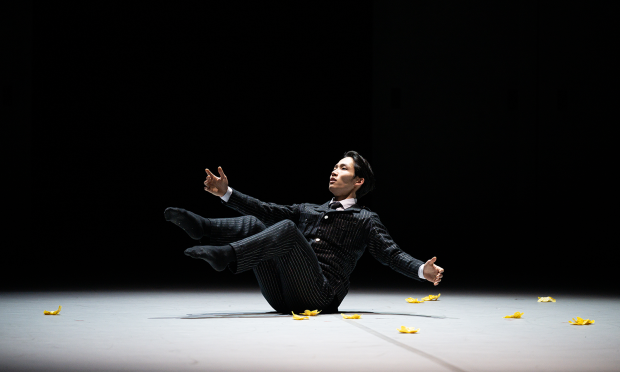
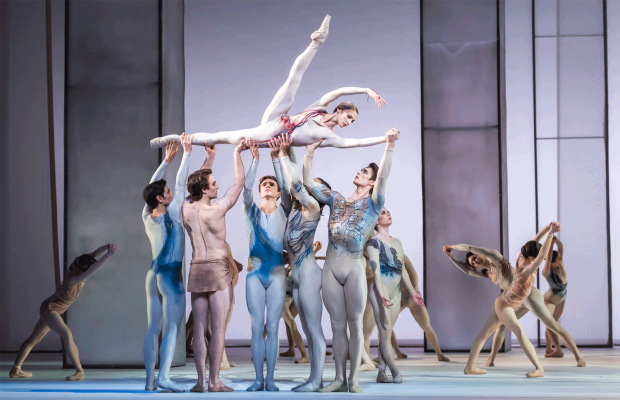
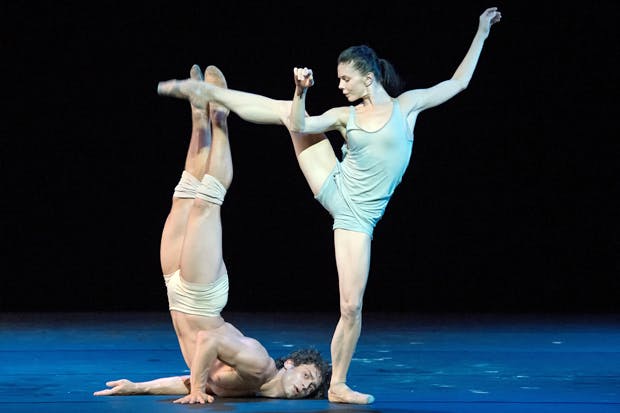
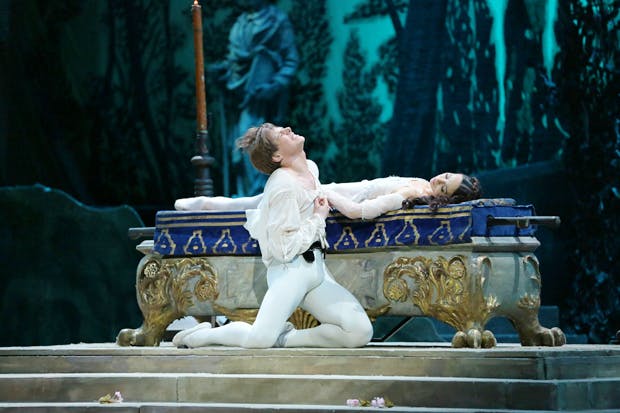
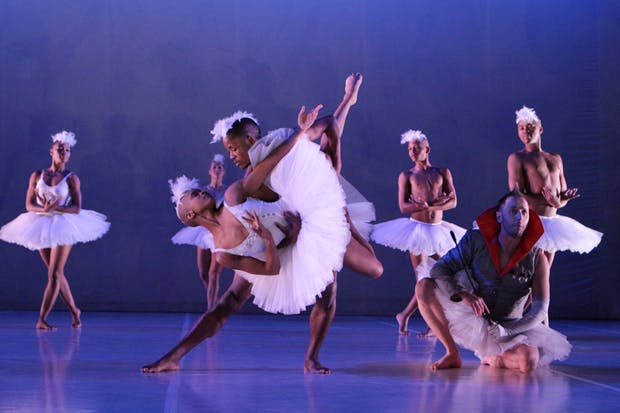
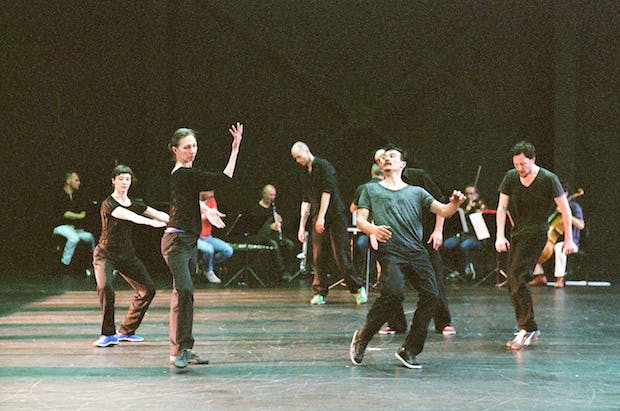






Comments
Don't miss out
Join the conversation with other Spectator Australia readers. Subscribe to leave a comment.
SUBSCRIBEAlready a subscriber? Log in